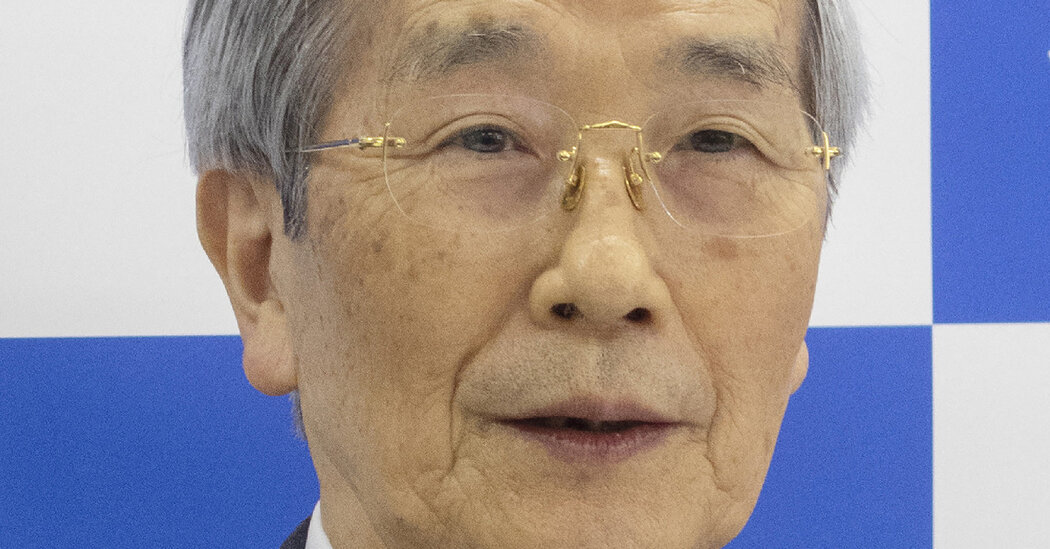Women should get mammograms every other year starting at age 40, according to updated recommendations from the U.S. Preventive Services Task Force (USPSTF).
This is a significant change from previous guidelines, which said women should begin biennial mammograms at age 50, but could opt to begin as young as 40.
The task force also noted that there is not sufficient evidence to “assess the balance of benefits and harms” of additional breast cancer screenings — including ultrasounds and MRIs — for women with dense breast tissue who have had an otherwise negative screening mammogram.
SOME BREAST CANCER PATIENTS COULD BE AT RISK OF ANOTHER TYPE OF CANCER, STUDY REVEALS
The USPSTF previously released these recommendations in draft form in May 2023.
Tuesday’s announcement makes the guidance official.

Women should get mammograms every other year starting at age 40, according to updated recommendations from the U.S. Preventive Services Task Force. (iStock)
Other medical groups have already been recommending mammograms starting at younger ages.
The American College of Radiology recommends starting annual screenings at age 40 for women of average risk, with earlier screenings for high-risk patients.
The American Cancer Society states that women between 40 and 44 have the option to get annual mammograms, and officially recommends that women between 45 and 54 get them every year.
ICE THERAPY SHOWN TO KILL BREAST CANCER TUMORS IN NEW STUDY: ‘IMPORTANT TECHNIQUE’
The updated guidance is in response to cancer rates rising among young people and breast cancer rates rising in particular, experts say.
Between 1990 and 2019, cancer rates among people 50 and younger have risen by 79%, according to research published in BMJ Oncology.
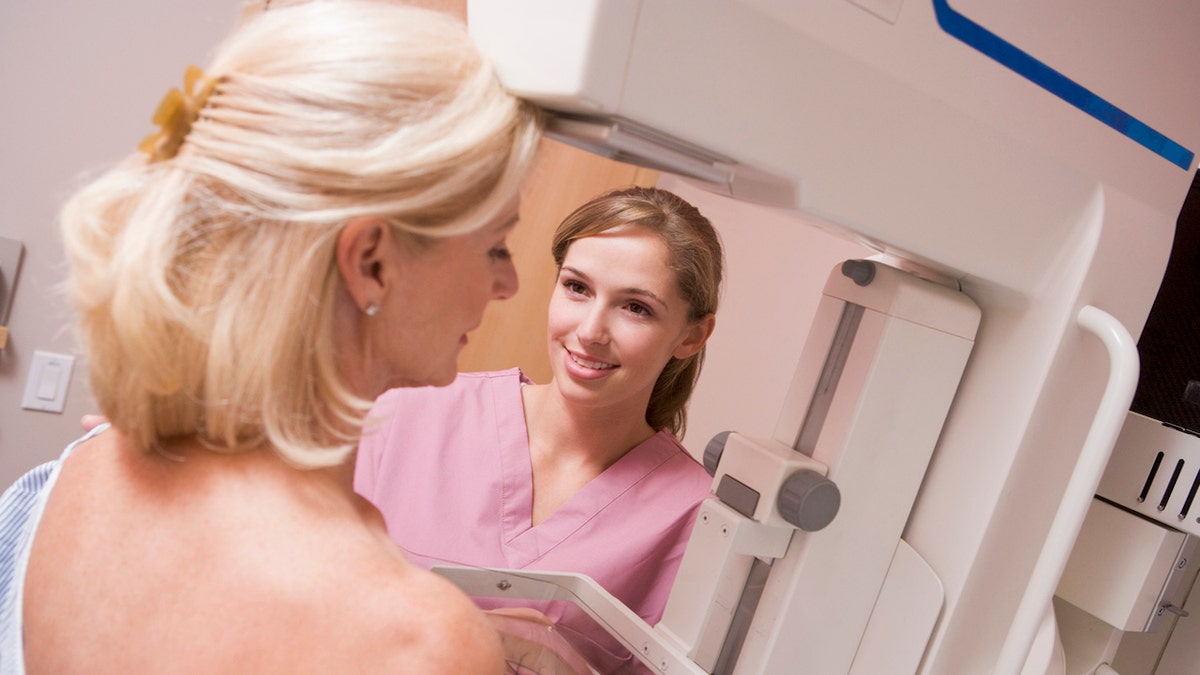
The previous guidance stated women should begin biennial mammograms at age 50, but could opt to begin as young as 40. (iStock)
Cancer rates for people under 50 are projected to rise by 31% by the year 2030, data shows.
Breast cancer is the second leading cause of cancer death in women, according to the American Cancer Society, with rates rising 2% each year since 2015.
One in eight women will develop breast cancer in their lifetime, and each woman has a one in 40 chance of dying from the disease.
The earlier screening recommendation could save 19% more lives, the USPSTS stated.
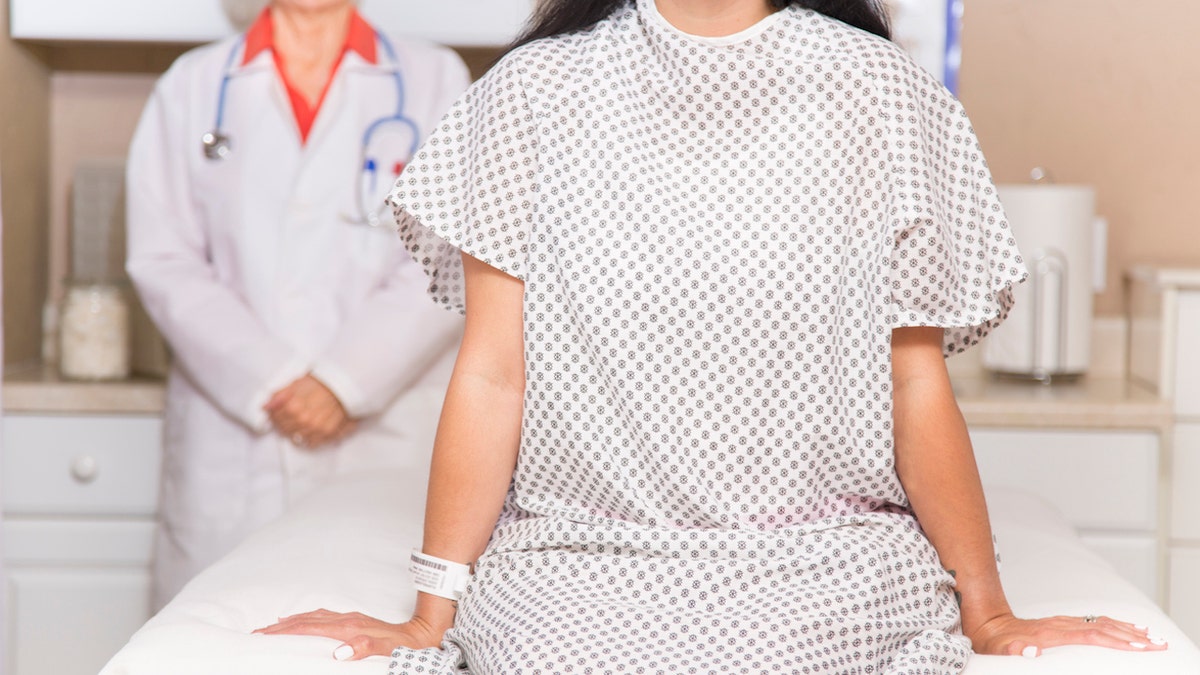
Breast cancer is the second leading cause of cancer death in women, according to the American Cancer Society. (iStock)
Reactions to the recommendation
Dr. Michelle Specht, a breast surgeon and co-director of the Avon Comprehensive Breast Evaluation Center at Mass General Cancer Center, said she is “thrilled” that the USPSTF has finalized its recommendations for earlier screenings.
“We have seen a rise in the incidence of breast cancer in women in their 40s over the last eight years and know that starting mammography at 40 will allow us to detect cancers at a smaller size and earlier stage,” she told Fox News Digital.
“Early detection not only leads to improved survival, but an improved quality of life. As a surgeon, I am able to do smaller surgeries — and my medical oncology colleagues can deescalate treatment — when cancers are detected early.”
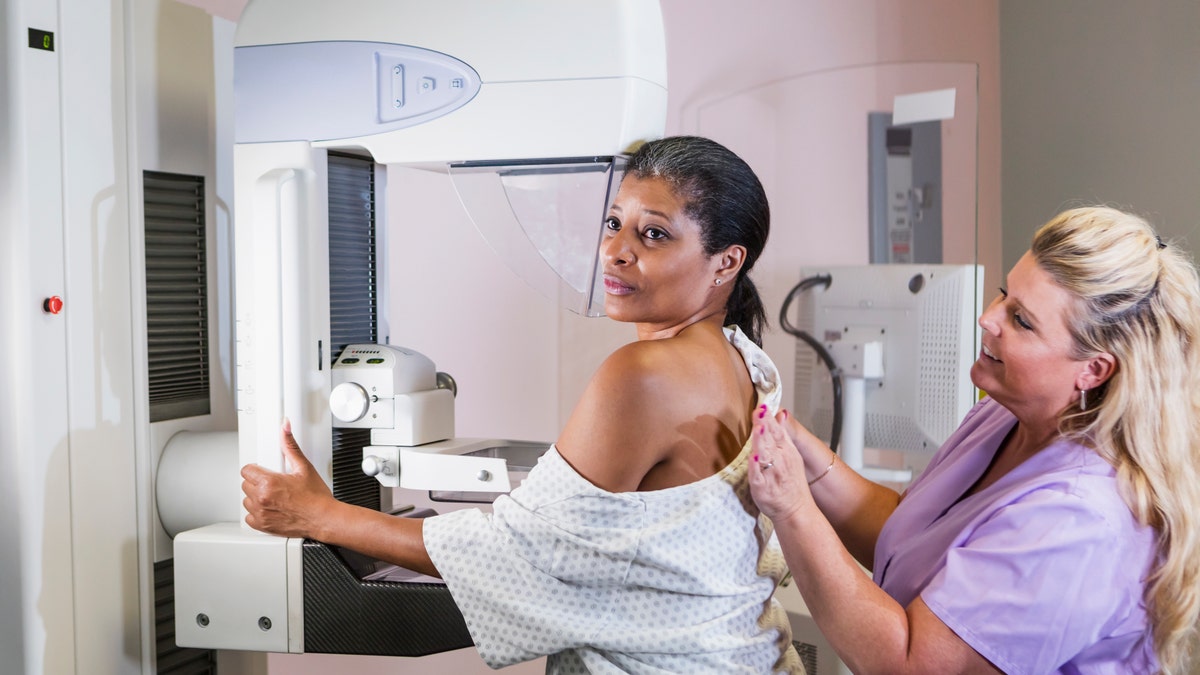
One in eight women will develop breast cancer in their lifetime, and each woman has a one in 40 chance of dying from the disease. (iStock)
Dr. Karen Knudsen, CEO of the American Cancer Society in Virginia, said in a statement the decision is a “critical change concerning women’s health and the fight against breast cancer,” and that it sends “a strong message to referring physicians and women that breast cancer screening should begin earlier than age 50.”
“Mammography screening is the cornerstone of our strategy to find this potentially deadly disease early, when it’s easier to treat successfully,” she said in the statement.
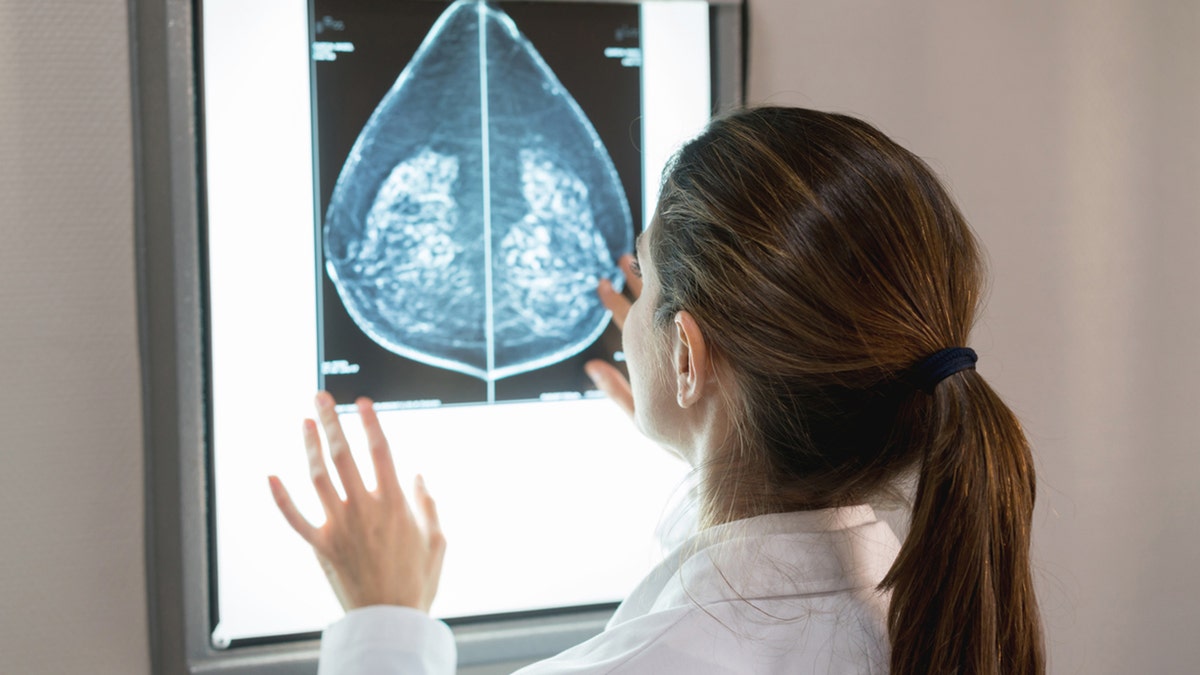
“Mammography screening is the cornerstone of our strategy to find this potentially deadly disease early, when it’s easier to treat successfully,” said the CEO of the American Cancer Society. (iStock)
“We are encouraged that among the reasons for the USPSTF changes in their breast cancer screening recommendations include eliminating health disparities, especially among Black women, who are 40% more likely to die of breast cancer compared with White women and have a higher risk of aggressive breast cancers at all ages,” Knudsen added.
CLICK HERE TO SIGN UP FOR OUR HEALTH NEWSLETTER
Dr. Nancy Chan, a medical oncologist at NYU Langone Perlmutter Cancer Center, shared her reaction to the updated guidelines.
“No significant difference was found in different screening methods, i.e., DBT (digital breast tomosynthesis) versus digital mammogram,” she told Fox News Digital.
“In patients with dense breast tissue, the addition of MRI may reduce cancer risk and false positive recalls.”
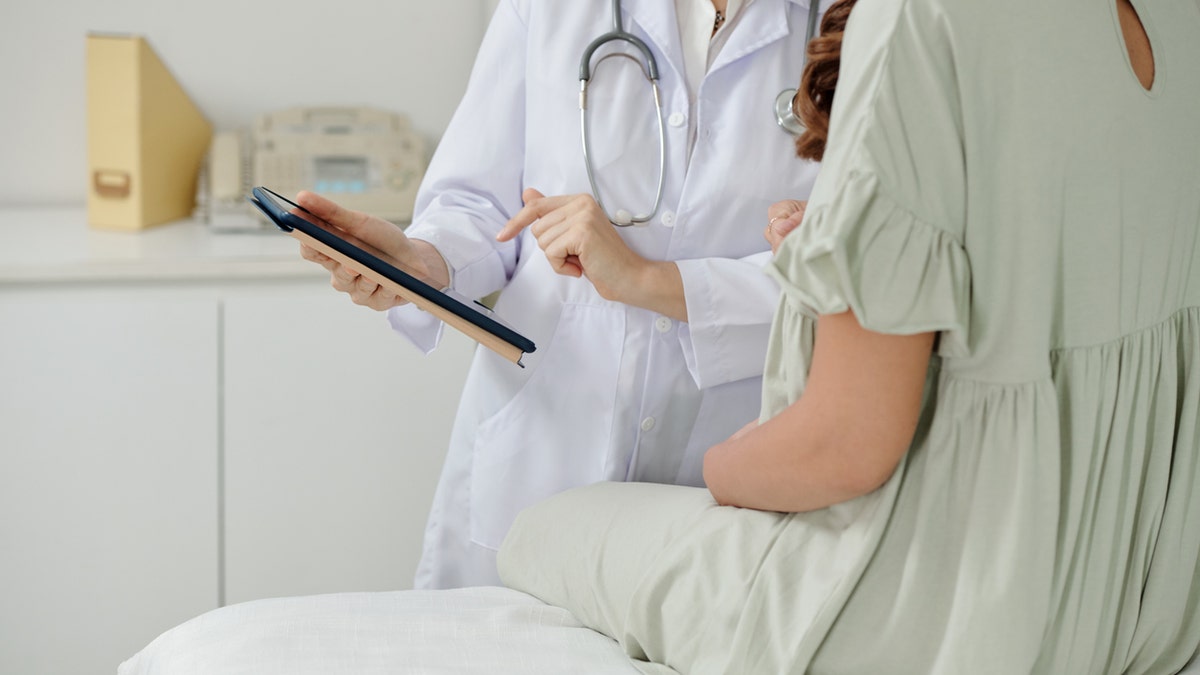
If a woman has a family history of breast cancer, she should meet with her doctor to have a breast cancer risk analysis performed, a doctor said. (iStock)
In clinical practice, Chan said the majority of patients undergo annual screenings with mammograms, instead of once every two years.
“Practically, in the urban setting, most patients are already and will continue to have screening with mammogram with tomosynthesis (3D mammography),” she added.
“Each patient must consider the best screening method for their individual cancer risk, such as breast density and family history.”
CLICK HERE TO GET THE FOX NEWS APP
If a woman has a family history of breast cancer, she should meet with her doctor to have a breast cancer risk analysis performed, Specht said.
“This risk analysis will allow their physician to tailor breast cancer screening,” she noted.
“A woman at high risk of developing breast cancer may begin prior to 40 and may do both mammograms every year, [along with] supplemental screening, such as a breast MRI.”
For more Health articles, visit www.foxnews.com/health.





